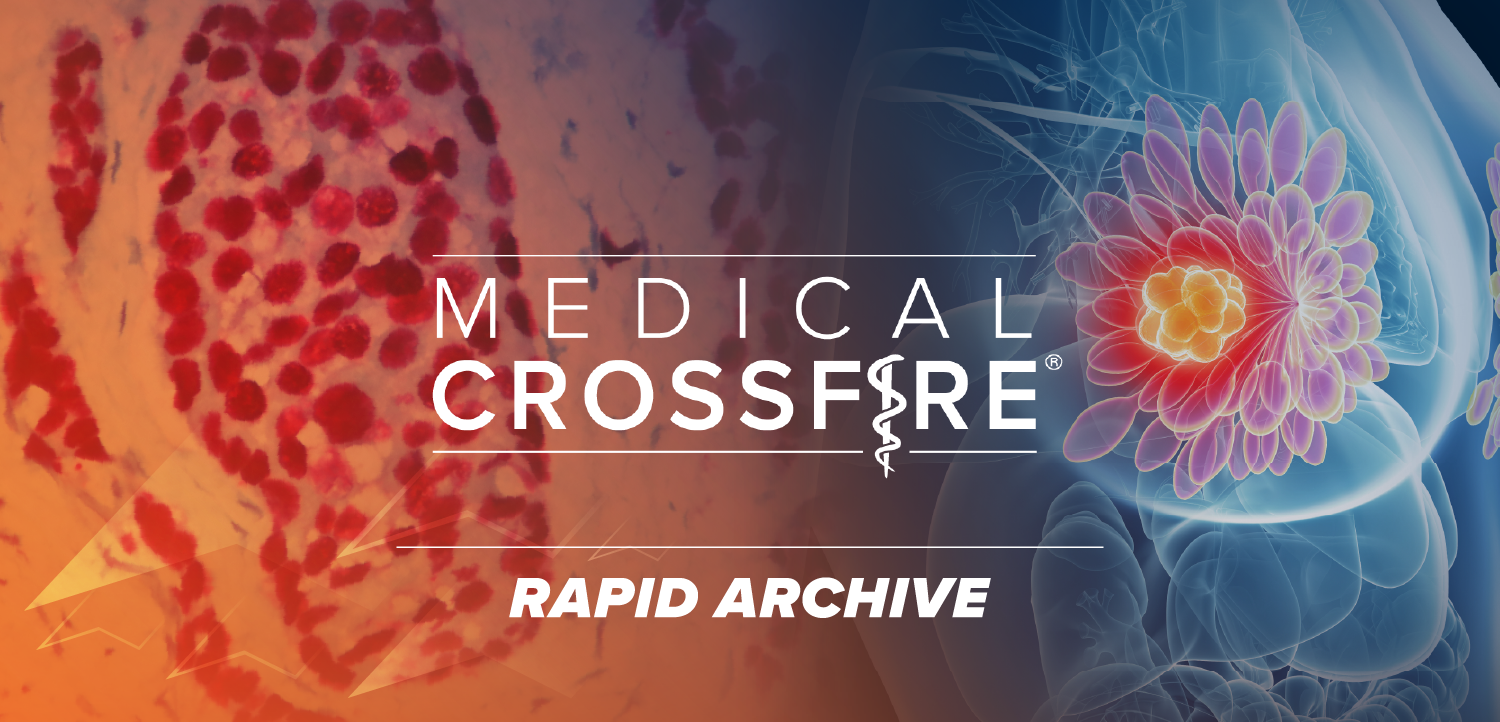
History of Trastuzumab Deruxtecan in HER2+ mBC Treatment
A review of fam-trastuzumab deruxtecan nxki shows how it has become a standard of care for patients with metastatic breast cancer that is HER2-positive.
Sara A. Hurvitz, MD, medical oncologist, clinical research leader, and senior vice president of the clinical research division at Fred Hutchinson Cancer Center in Seattle, WA, and head of the division of hematology and oncology at the University of Washington Department of Medicine, discusses how fam-trastuzumab deruxtecan-nxki (T-DXd; Enhertu) rose to become a standard of care treatment for patients with HER2-positive, metastatic breast cancer.
Transcription:
0:09 | Trastuzumab deruxtecan really hit the scene like in 2019 at [the San Antonio Breast Cancer Symposium] when a single-arm phase 2 trial evaluating T-DXd alone in patients with really heavily pretreated, HER2-positive metastatic breast cancer, who were treated with this agent had an objective response rate of over 60%, and a progression-free survival of over 16 months. We've never seen results with HER2 targeted therapy or any therapy for this type of disease and it led to the accelerated approval of T-DXd.
0:48 | The confirmatory phase 3 clinical trial evaluating T-DXd head-to-head against trastuzumab emtansine [T-DM1; Kadcyla] scene was reported in 2021, at ESMO. And this study was the first randomized phase 3 study looking at T-DXd, and it demonstrated a statistically significant improvement in progression-free survival with T-DXd, compared to T-DM1, as well as improvements in terms of objective response rate, and a trend toward an improvement in overall survival. The overall survival at the time of the reporting was not yet mature. So, at San Antonio in 2022 the data from DESTINY-Breast03 [NCT03529110] were updated with overall survival data.
1:34 | Now at the time of this reporting, the overall survival was statistically significantly better with T-DXd. The median overall survival hadn't been reached yet for either treatment arm, but the overall survival hazard ratio was significantly better with T-DXd, with a hazard ratio of 0.64. Moreover, the median PFS for T-DXd had been met at 28.8 months compared to around 6.8 months for T-DM1 and again the objective response rates and clinical benefit rates are better with T-DXd. So, it really was the homerun in favor of T-DXd in patients who'd received 1 prior line of therapy in the metastatic setting with HER2-positive disease.










































